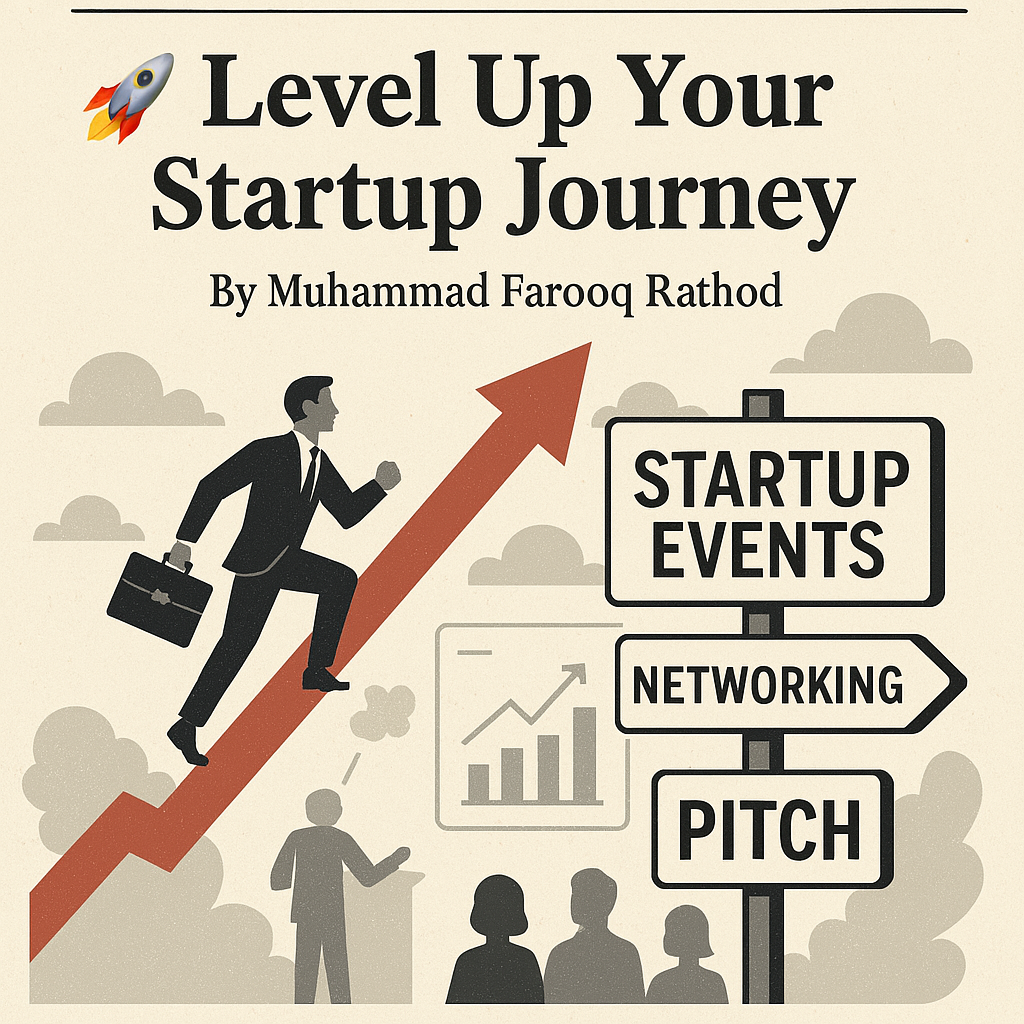Bootstrapping vs. Venture Capital: Weighing the Risks and Rewards
THE FUNDING DILEMMA: A U.S. PERSPECTIVE
In the dynamic and competitive U.S. startup ecosystem, aspiring founders face a pivotal decision: should they secure seed funding before building their Minimum Viable Product (MVP), or bootstrap and develop their MVP before seeking venture capital? This article delves into the pros, cons, challenges, and benefits of each approach, providing crucial insights for navigating the American startup landscape.
My own money buys me freedom. Investor money buys me speed. I had to choose which I valued more.
The “Funding First” Approach: Securing Capital Before Building
This strategy involves pitching a concept and securing pre-seed or seed funding based on a strong business plan and a compelling team.
Pros:
- Financial Runway: Immediate access to capital allows for rapid team building, resource acquisition, and focused development without immediate revenue pressure.
- Talent Acquisition: Funding enables attracting top-tier talent, crucial in the highly competitive U.S. tech talent market.
- Accelerated Growth: Capital can fuel faster development and marketing efforts, potentially leading to quicker market penetration.
- Validation through Investment: Securing funding acts as initial market validation, boosting confidence and credibility.
Cons:
- Dilution of Equity: Early-stage funding often results in significant equity dilution.
- Investor Pressure: Investors may exert pressure for rapid growth and specific milestones, potentially limiting flexibility.
- Concept Risk: Without a tangible product, investors are betting on a concept, increasing the risk of failure.
- Difficult to Secure Funding Without MVP: Especially in the current economic climate, investors are more risk-averse.
Challenges:
- Convincing investors of a concept without a working prototype.
- Demonstrating market demand and scalability without empirical data.
- Navigating the complex landscape of U.S. funding options (angel investors, VCs, grants, accelerators).
If you’re not willing to invest in yourself, why should anyone else?
Real-Time Facts and Figures (U.S. Context):
- According to PitchBook, U.S. VC investment in 2023 dropped to $170 billion, down from $343 billion in 2021.
- Early-stage funding rounds fell by 45%, making it harder for idea-stage startups to secure capital without an MVP.
- U.S. deep tech startups, like those in AI and biotech, often require substantial upfront capital, making the “funding first” approach more common.
- Government initiatives such as the Small Business Innovation Research (SBIR) program and the National Science Foundation (NSF) provide non-dilutive funding opportunities, but competition is fierce.
The “MVP First” Approach: Bootstrapping to Validation
This approach involves building a functional MVP with personal funds or through bootstrapping, demonstrating product viability before seeking external investment.
Pros:
- Reduced Equity Dilution: Founders retain greater control and ownership.
- Market Validation: A working MVP provides tangible evidence of product viability and market demand.
- Increased Investor Confidence: Investors are more likely to invest in a proven product with demonstrated traction.
- Greater Flexibility: Founders maintain more control over product development and strategic direction.
Cons:
- Limited Resources: Bootstrapping restricts resources, potentially slowing development and marketing efforts.
- Time Constraints: Building an MVP while managing other responsibilities can be time-consuming and challenging.
- Personal Financial Risk: Founders bear the full financial burden, increasing personal risk.
- Slower Growth: Without external funding, growth may be slower compared to funded startups.
Challenges:
- Developing a functional MVP with limited resources.
- Generating initial traction and user feedback without a significant marketing budget.
- Scaling the MVP to meet growing demand.
Benefits:
- Proof of Concept: Demonstrating a working product.
- Customer Feedback: Gaining valuable insights from early adopters.
- Stronger Negotiation Position: Approaching investors with proven traction.
- Lean Startup Principles: Building and validating with minimal waste.
Taking investor money isn’t just about the cash; it’s about gaining strategic partners who can open doors.
Real-Time Facts and Figures (U.S. Context):
- The rise of “lean startups” and affordable cloud-based tools (AWS, Google Cloud) has made building MVPs more accessible in the U.S.
- Many successful American startups, particularly in SaaS and consumer apps, initially bootstrapped their MVPs before raising funding.
- Micro VC funds and angel investors are increasingly looking for MVPs with early traction before investing.
- In 2023, 70% of U.S. startups that secured Series A funding had already built an MVP with significant traction before raising capital.
Which Approach is Right for You?
The optimal approach depends on several factors, including:
- The nature of the business and industry (e.g., deep tech startups often require funding first, whereas SaaS startups can be bootstrapped).
- The founder’s financial resources and risk tolerance (those with capital may choose to bootstrap first).
- Current market conditions and investor sentiment (funding availability fluctuates based on economic cycles).
- The founder’s network (strong investor connections can help secure pre-seed funding).
Conclusion
In the competitive U.S. startup ecosystem, both approaches have their merits. Founders must carefully evaluate their resources, market conditions, and long-term goals to determine the best strategy. While securing seed funding can accelerate growth, building an MVP first provides valuable validation and reduces equity dilution.
Regardless of the chosen path, a strong team, a compelling product, and a clear vision are essential for success in the dynamic American startup landscape. Founders should also explore diverse funding options in the U.S., including angel investors, venture capital, government grants, and startup accelerators to find the best fit for their startup journey.
Stay updated with the latest insights from the U.S. startup ecosystem at www.TexasStartupInsider.com – your daily source for breaking news, expert analysis, and startup success stories.








